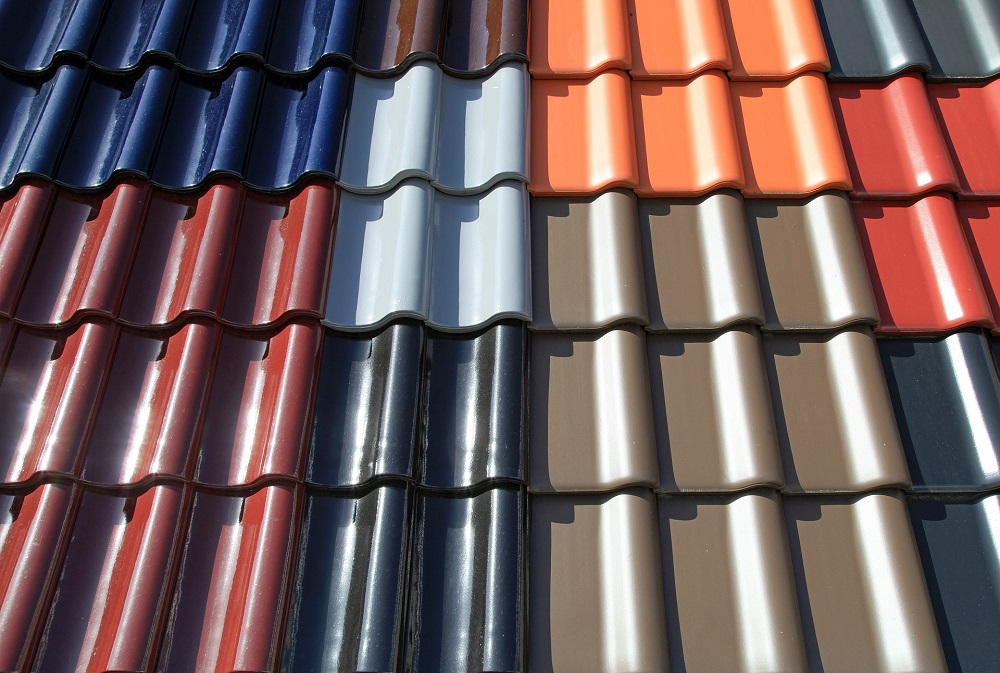Ah, what a feeling of dread. You’re inside, cozy and warm…when you hear the patter of raindrops on your roof. That’s when you know—you’ve got a leak.
Even if your roof is in generally good shape, rain can often find its way through weak spots.
And the last thing you want is for the water to damage your home’s structure or cause mold growth—so you need it fixed quickly and correctly.
If you can’t get an expert to look immediately, you can take short-term measures to stabilize your roof until help arrives.
In this article, I’ll give you some easy-to-follow steps that will show you how to temporarily fix a leaking roof while you wait for the real fixer-uppers. Ready? Let’s get started!
How to Temporary Fix a Leaking Roof
When it’s raining buckets outside, and you’ve noticed a leak in your roof, chances are you will want to fix it immediately.
If you can’t get a professional repairman onsite right away, then you can always do some temporary repairs to help protect your home until you’re able to get the leak professionally fixed.
The first step is to find the source of the leak, then patch up the roof with the suitable material where the leak occurs, providing temporary protection against water damage.
It’s important to note that these fixes are temporary and won’t fix the leak. Still, they should provide some essential protection until a professional can come to take a look at your roof.
Identifying the Source of the Leak
Once you determine that your roof is leaking and needs repairs, the next step is to identify where the leak is coming from.
This can be done by tracing the water path from inside your home to the outside. Look for areas with moisture or patches of discoloration on ceilings or walls and inspect them for damage.
If you can’t find the source of the leak due to an inaccessible area of the roof, you may need to get an experienced roofer for help in finding it.
Sometimes, a professional may even be necessary for temporary fixes, like repairing torn shingles or replacing broken tiles.
However, identifying and fixing a more significant problem, such as a broken flashing that could be causing multiple leaks, is usually best left to a professional.
Knowing precisely what kind of damage needs to be fixed will help you determine whether or not you should hire a professional.
Finding a Temporary Fix for the Leak
If you’ve identified the leak’s source, you’re almost done with your temporary fix. But first, let’s review a few things you could do depending on the available materials.
Clean and Dry the Area First
Ensuring the area is clean and dry before you start is essential no matter what solution you go for.
Cleaning up any dirt or debris from the surface will help ensure that your fix holds up, and drying out the area will ensure moisture isn’t seeping through any cracks or holes.
Finding a Patching Material
Depending on the material you’re trying to patch up, you’ll want something strong, waterproof, and long-lasting.
If it’s asphalt shingles that need repair, then try some roofing cement or tarpaper; if it’s metal or wood, then try some sealant or caulk; if it’s plastic, then try some plastic cement; and if it’s a tile roof, then try some automotive epoxy adhesive.
Once your material is ready, use some heavy-duty tape to adhere it onto the spot—you want to ensure that your patch is rigid and secure so it doesn’t come undone when exposed to wind and rain!
Give your patch at least 24 hours before testing it with more water so all materials can dry properly.
How to Patch the Roof With Plastic Sheeting
You can patch the roof with plastic sheeting for a quick temporary roof leak fix. This is an excellent option if you don’t have the time or money to invest in a more permanent repair.
You will need to:
- Measure out a piece of plastic sheeting that is larger than the area of the hole or crack in your roof
- Place the plastic sheeting over the hole or crack, and use duct tape to secure it in place
- Make sure that the plastic sheeting overlaps by at least five inches all around so that water cannot seep through
- Seal any seams with additional duct tape
- Apply caulk around any edges of the plastic sheeting where it meets up with your roof
- Finally, cover up any exposed nail heads with roof cement and ensure they are sealed tightly
Plastic sheeting is an inexpensive and effective way to stop water from coming into your home until you have time and resources to invest in a more permanent fix for your leaking roof.
Tips and Tricks for Making a Seamless Repair
Preparing the surface for repair is the next step in making a temporary fix for your roof. Once you have determined the exact spot where you need to patch the roof, make sure to clean it thoroughly.
This includes removing any dirt, debris, and old shingles before attempting a repair. You must ensure that everything is free of debris or any substances that may prevent you from making a seamless repair.
Once the area has been cleaned, installing your patch is time. Depending on the type of patch material you are using, there are different techniques you can use to ensure that your fix is effective and secure. Here are some tips and tricks for making a seamless repair:
- Use tar removal tools (e.g., putty knife) to make sure that any tar residue near the leak has been removed.
- Carefully apply the patch material with a brush or roller over the damaged area, ensuring complete coverage.
- Once applied, use weight such as sandbags or bricks to ensure the area remains fixed until a professional roofer can do proper repairs.
- Ensure that your patch is arid before performing additional tests and checks around its integrity (e.g., using a hose).
- If using adhesive as part of your patching process, allow for drying time before making any additional tests or checks around its integrity (e.g., using a hose).
Using Tarps to Cover Roof Leaks
If you’re in a pinch and need to temporary fix to cover up a roof leak, consider using a tarp.
Tarps are an inexpensive, convenient way of covering up holes or cracks in your roof until you can repair them properly.
Using a tarp is a relatively straightforward process that anyone can do at home without too much effort. Here’s how it works:
- Measure the area needing a tarp and buy one large enough to cover the entire area.
- Secure the tarp with nails to ensure it won’t blow away in the wind.
- Seal any seams or gaps with caulking or other appropriate sealants for extra protection.
- Ensure that you have proper ventilation throughout the attic space. This will help reduce condensation buildup on the underside of the tarp and prevent water from dripping through from underneath it.
- To help protect against leaks, consider adding a layer of insulation under the tarp, such as foam boards or fiberglass batting material strips.
Conclusion
Fixing a leaking roof can be tricky and is best left to the professionals. If you need to make a temporary fix, however, there are some simple options you can attempt.
Be sure to keep safety in mind when making a temporary fix, and always wear protective clothing and equipment when getting up on the roof.
Remember that the temporary repair is just that—temporary. Have the roof professionally inspected once the weather permits, and patch any holes you find before they cause significant damage.
Following these steps in this article, you can quickly and easily create an effective temporary fix for your leaking roof until professionals can repair it properly down the line!
While the temporary roof fix will take care of your leak in the short term, it’s essential to address the long-term solution if you want to ensure the safety of your home.






![How To Start A Curtain Business - [Complete Guide]](https://www.saharamagnate.com/wp-content/uploads/2023/05/How-To-Start-A-Curtain-Business-380x220.png)